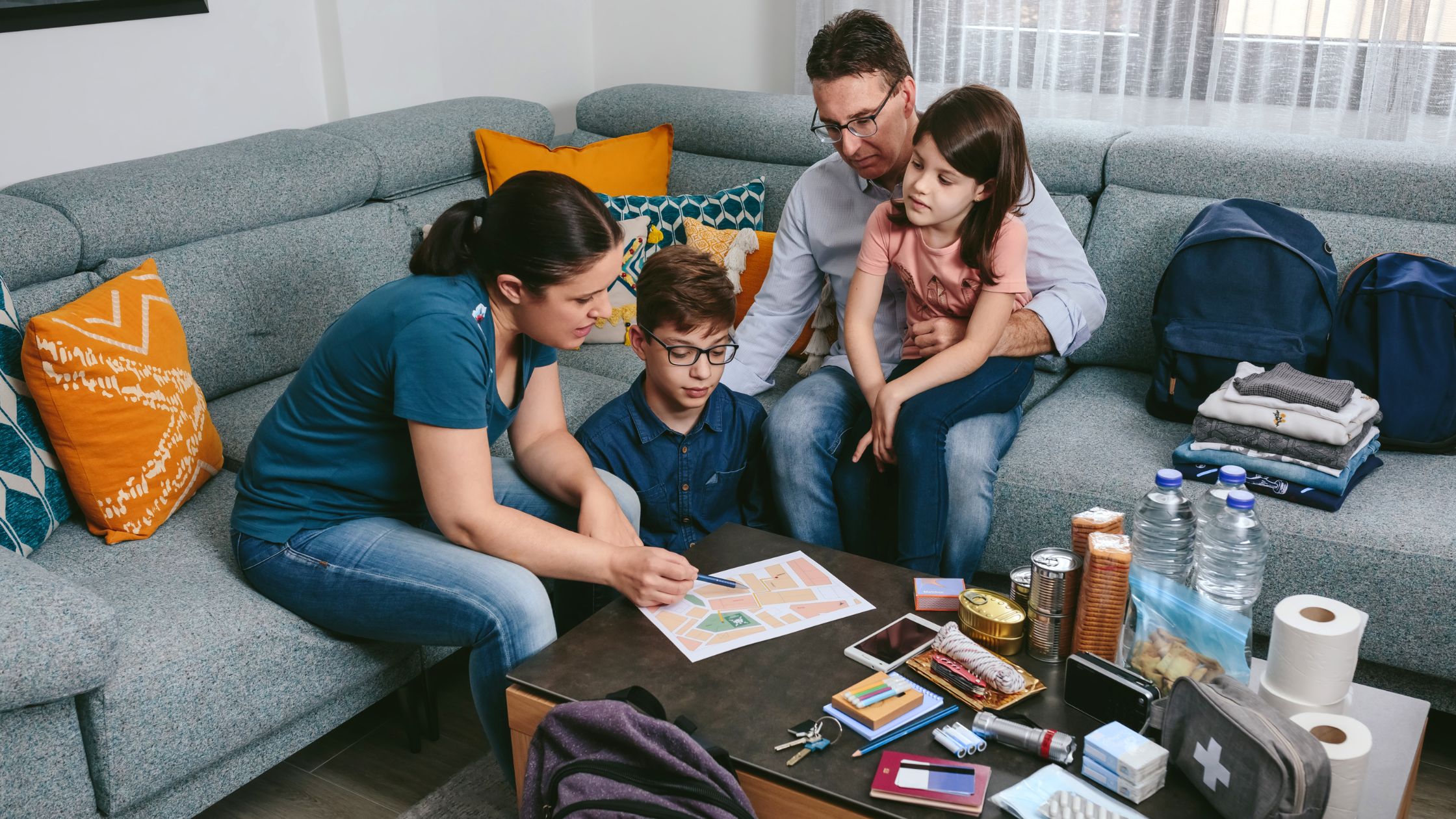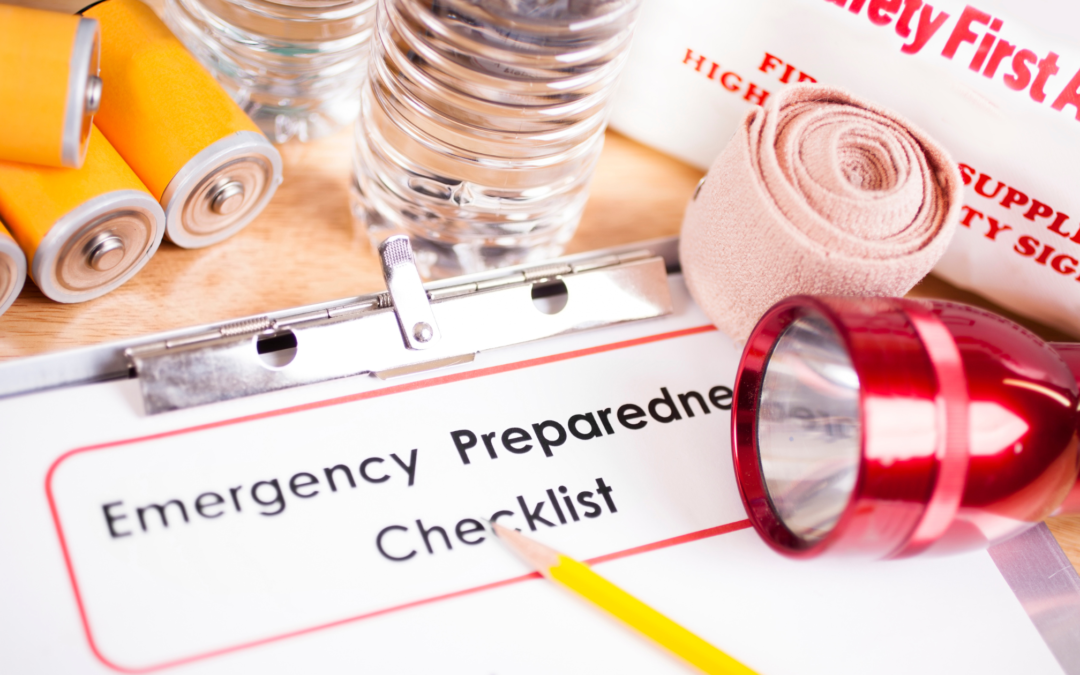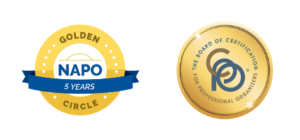Hi Friends!
September always feels like a whirlwind, doesn’t it? Between getting back into routines, kids’ activities, and managing the daily chaos, it’s easy for certain things to slip through the cracks. One of those things? Emergency Preparedness. It’s something we busy moms often think about but push to the back burner when life gets hectic.
September is National Preparedness Month, and it’s a timely reminder that being ready for the unexpected is essential. With hurricane season already in full swing and winter storms just around the corner, not to mention other potential disasters, having a plan can significantly reduce stress in a crisis.
To make things easier, I’ve pulled together some starter tips below, but remember—this is just the beginning. Ready.gov is a treasure trove of resources, breaking everything down by the type of emergency, whether it’s hurricanes, fires, or winter storms. They even provide downloadable sheets to help you organize your family’s plan and supplies. Trust me, a simple family emergency plan can make all the difference, and if you have loved ones in areas prone to natural disasters, consider sharing these resources with them as well.
Preparedness Tips:
Create a Family Communication Plan: Develop a clear plan for how family members will communicate and reunite during an emergency. Store this information in an organized and easily accessible document or folder so everyone knows their role. This helps avoid confusion and wasted time during an emergency. Something to think about is making sure everyone knows everyone’s phone numbers and important addresses. I know we store so much in our phones but what if you couldn’t access your contacts? I know I had to practice to memorize my husband’s number when we first dated just in case.
Create a Priority Checklist for Emergency Tasks: Set aside time to create a checklist of the most important tasks to complete in case of an emergency. This could include ensuring you have key documents, medications, and emergency contacts in one accessible place. Assign the tasks to family members if appropriate.
Organize Essential Documents Digitally and Physically: Gather all your important documents—IDs, insurance policies, medical records—and organize them both in a physical binder and digitally in a secure cloud. Label folders clearly so they’re easy to access in a rush, making it quicker to focus on critical matters during an emergency. Store important passwords in multiple ways so you can access them as needed.
Prepare a ‘Go Bag’ Station: Designate a physical space in your home for emergency supplies, such as a “Go Bag” with essentials like water, non-perishable food, first aid, and a flashlight. By organizing this in a visible and accessible area, you reduce stress and time spent searching in urgent situations. Ready.gov has more information about how much is needed per person for different durations. Think about what each person or pet needs.
Automate Alerts and Reminders: Use apps to automate weather alerts or other emergency notifications. Setting up these reminders ensures you stay informed without having to manually check the news or weather.
Schedule Regular Emergency Drills: Integrate emergency drills into your calendar, whether it’s for fire, severe weather, or evacuation. Regular practice helps streamline your response, ensuring you don’t lose valuable time when an emergency arises. These drills also provide peace of mind, allowing you to focus on daily tasks knowing you’re prepared. It can be hard to do this with small children so it can be as simple as quizzing them on important steps and reminding them where things are in case of an emergency.
Set an Annual Preparedness Review: Incorporate an annual “preparedness review” into your routine. Once a year, assess your emergency plans and update contact lists. Scheduling this check allows you to stay proactive. This is important if you move, add members to your family (human or pet). Or if you have different contacts or locations to modify your plans.
Declutter and Streamline Emergency Supplies: Regularly review and declutter your emergency supplies to ensure everything is up-to-date and functional. Organizing items like batteries, medicines, and non-perishable foods helps avoid last-minute scrambles and ensures that your emergency area remains efficient and accessible year-round. *If you read my newsletter for this you’ll know battery checks are so important. I have a lot of batteries to change in my house.*

Create a Household Communication Plan
Why It’s Important: During an emergency, communication is often the first thing that breaks down. Cell towers can be overloaded, power can go out, or people may not be in the same location. Having a family communication plan ensures that everyone in your household knows how to stay connected, share information, and reunite safely. Let’s go through the steps together.
Steps to Create Your Family Emergency Communication Plan
- Identify Emergency Contacts
Start by compiling a list of essential contacts—family members, neighbors, and out-of-town contacts. Include phone numbers, email addresses, and even social media profiles for extra options. It’s often helpful to designate an out-of-town contact, as local lines can get jammed during emergencies. Make sure this contact list is available both physically and digitally, so your family can access it no matter what. - Agree on Primary and Backup Communication Methods
Choose your go-to method of communication—whether it’s phone calls or text messages—and then set up a backup plan. Texting can be more reliable than phone calls during disasters when networks get overloaded. Consider using apps like WhatsApp or Facebook Messenger, which rely on internet connections and may work when phone lines are down. - Choose Meeting Points
Pick two safe meeting spots for your family. One should be close to home, perfect for local emergencies like fires, and another should be farther away for larger issues like flooding or evacuation orders. Make sure everyone knows how to reach these locations, and print out directions just in case your phone isn’t working. - Set Communication Protocols
Create clear guidelines on how and when to communicate during an emergency. Decide on specific times to check in with each other—every two hours, for example—and agree on the key information to share, like your location, safety status, and any immediate needs. This keeps things organized and prevents miscommunication when tensions are high. - Document and Share the Plan
Write down your entire communication plan and share it with your household. Print copies to keep handy, and store the plan digitally in a shared folder, like a family Google Drive. Make sure even the youngest family members know where to find the plan and teach them important phone numbers they should memorize. - Review and Update Regularly
Just like your emergency supplies, your communication plan needs regular check-ups. Set a reminder to review and update it every six months, or whenever there’s a big change—like moving to a new home, getting new phone numbers, or adding a new family member.
Bonus Tip: Sign up for local emergency notification systems to stay informed of any immediate threats or evacuation orders in your area. These alerts can provide lifesaving information when it matters most.
By taking even a few small steps, you can ensure your family is prepared for whatever comes your way. It doesn’t need to be a daunting task tackled all at once—start small, make steady progress, and soon you’ll have a plan that gives you peace of mind.
And if you need help along the way, don’t hesitate to reach out—I’m always happy to offer a hand!
Stay safe and start preparing this week—you’ll be glad you did.
And don’t forget to join the waitlist for the Purposeful Productivity Program! I’ll be sharing a sneak peek soon, and trust me—you won’t want to miss what’s coming!
Stay tuned for next week’s POP Talk!





